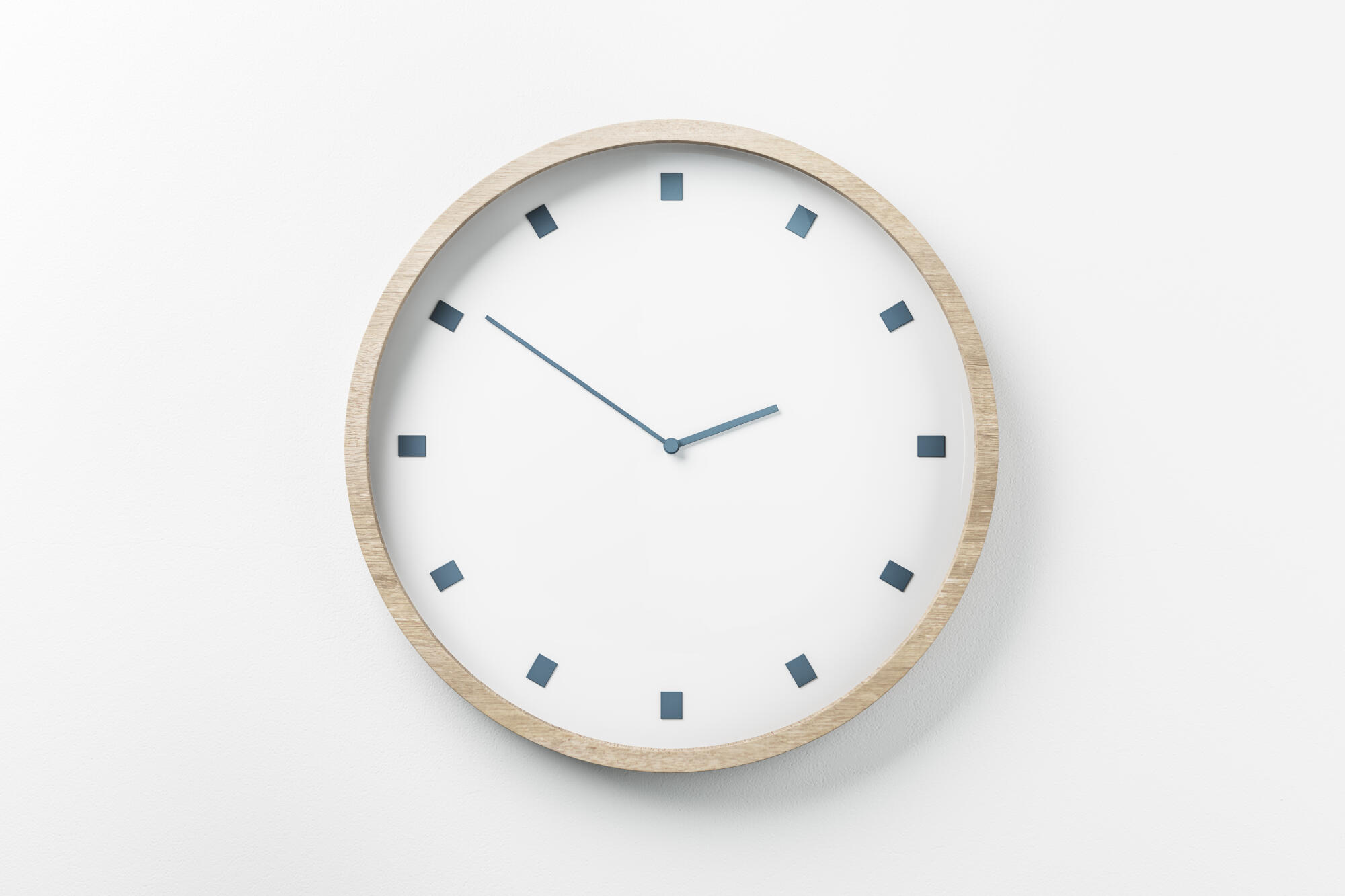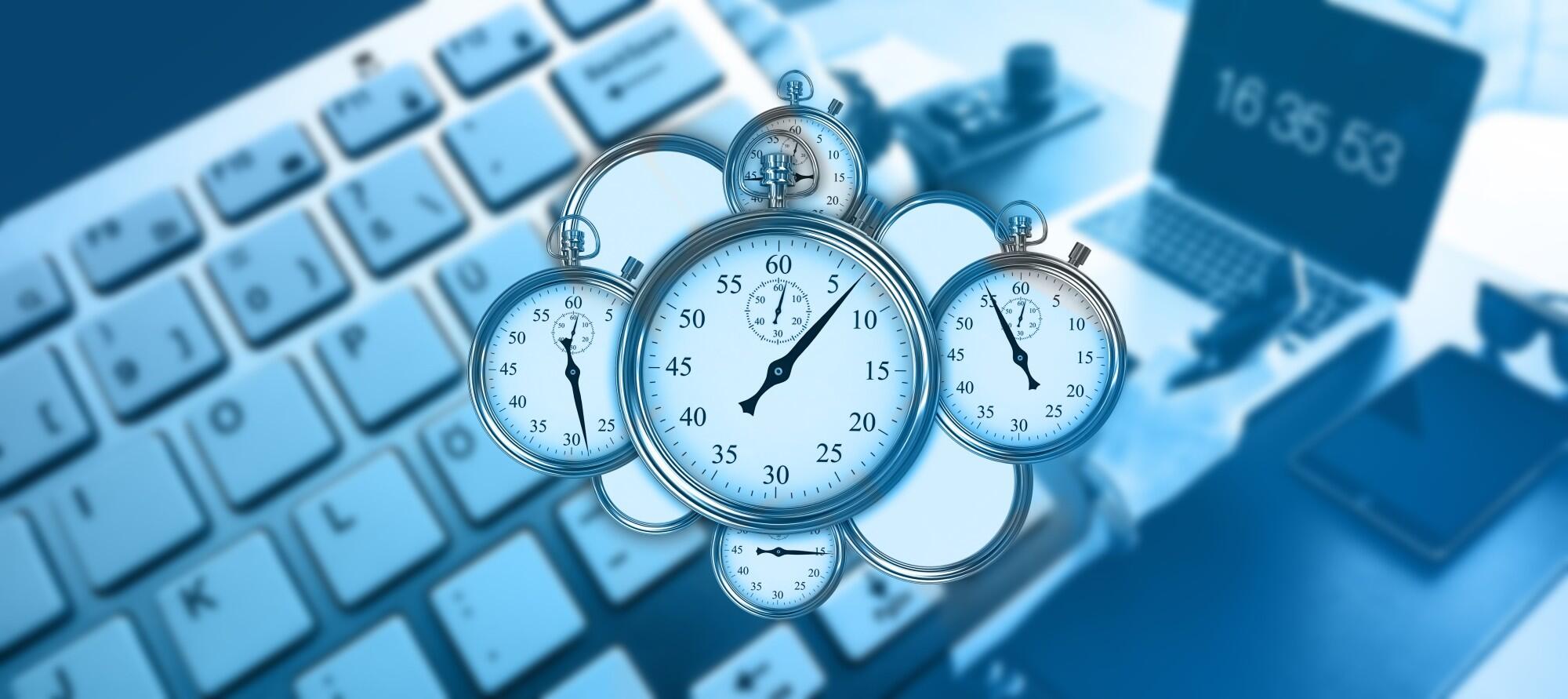With most employees saying they spend over two hours each week purely on tracking their time, a physical time-tracking system may already be causing you to miss out on working hours from employees. Shifting to a digital solution may be your best bet to reduce this complexity, and with TimeTrak’s automated time card clock software, you can do much more, including:
- Calculating overtime
- Tracking paid time off
- Ensuring compliance with labor rules
- Eliminate the dependency on cards
- Boost transparency with employees
Below, you will discover the steps you will need to take to ensure you make any change to a cardless, digital system as smooth as possible without disrupting your daily operations.
1. Address Resistance to the Change Early
As soon as you decide to make the change, communicate to your team that you understand there may be some challenges in implementation, but that fear of the update might come from unfamiliarity with the technology. As such, detail the benefits people could get from the update in a clear and concise manner, such as:
- TimeTrak’s user-friendly interface
- Mobile accessibility allowing use from anywhere
- How time and attendance software allows real-time visibility
- The ability for employees to verify their hours without waiting for payroll
- How digital timekeeping can simplify shift swaps
- Clear simplicity of a lack of paper records
Involving employees early in the transition to digital timekeeping will also help you to prevent issues you may not have noticed before. Bringing on a team of leaders and evangelists who can teach your team how to use the software can help to build confidence in it from the first day.
Also, create a short survey to allow people to send you feedback, anonymous or otherwise. You can then feed their messages into training, advice, or process updates. If they highlight a place where you can improve time management further, congratulate them publicly, showing how you have good intentions to boost employee satisfaction with the shift.
2. Create a Well-Designed Training Plan
Despite having an exceptional UX, even automated time-tracking solutions will be outside of some people’s ability to use. As such, create a training curriculum to help get everyone up to speed.
You can also use this opportunity to troubleshoot common issues, creating FAQs and other training material specific to your company that you can use moving forward.
If necessary, also incorporate different learning formats into the documentation, including:
- Videos
- PDFs
- Short quizzes to eliminate mistakes
- Interactive mockups and tests
These allow employees to reinforce their knowledge at their own pace in a manner that best suits them.
3. Aim for a Smooth Data Migration
You may want to export all your historical data from your mechanical time card clock system. As such, ensure that you:
- Backup the original carefully before you begin
- Ensure that the fields of both systems are identical
- Use a test group set of data to import first to confirm they work
- Validate that all data works before starting
Then, depending on your specific process and how you upgrade from a mechanical clock, you should be able to transfer the data much faster. However, be aware that if your old system relied on physical cards, you may still need to do a significant amount of manual work to transfer the data.
4. Manage the Cost and Budget of Your Move Carefully
Ensure you carefully handle the costs associated with software licenses or subscription models. Make sure to factor in the number of employees you have and whether different prices exist for other states or countries.
Don’t forget to factor in additional expenses too, such as:
- Hiring external trainers
- Creating training material
- Allocating staff hours towards learning how to use the system
- Transfer costs for old data
Using a cloud system will simplify much of this, as software such as TimeTrak is fully scalable and has a transparent cost for users. On top of this, you will want to take into account the savings you will make with the switch too, such as:
- Less overtime necessary for payroll processing
- Fewer manual data entry work hours
- Reduced data errors for payroll
- Fewer complaints about mechanical time tracking breakdowns
- Lower device maintenance fees
Altogether, this will also give you a clear cost/benefit analysis you can use when necessary to clearly communicate what the system will do for your business.
5. Select the Best Time Tracking Option for Your Needs
Ensure you review several platforms to find one that matches your business’ specific situation. You will want to consider issues such as:
- Scalability and future growth plans
- Whether your remote workers have specific needs
- Authentication requirements and security
- User-friendly interfaces that match your workforce’s IT experience
- Customer support channels and assistance offered
- Mobile access
List out your must-haves, then look for software that matches these as best as possible. Then, prioritize those that can allow your managers to perform their role to the best of their ability.
6. Address Privacy Concerns to Build User Trust
When using software like TimeTrak, you may encounter some resistance to using technology such as biometric data or to tracking clock-in/out times digitally. Employees may have had bad experiences in the past and, as such, may be hesitant to accept such a system. When this happens, inform them of:
- Your awareness and commitment to data protection laws
- The limits of access to HR or management personnel
- Audit logs that inform people who accessed the system to ensure accountability
- How data will be collected and what you commit to using it for
Explain any exceptions, and offer assurances, in writing and contractual if necessary, that the information regarding their clock-in and clock-out times will not be abused. You can then both move forward with the reassurance that you have their best interests at heart.
Enable Time Card Clock Software for Your Workforce
TimeTrak offers your workforce all the benefits they need to streamline the data they collect from their time card clock, such as faster payroll, reduced errors, and increased employee satisfaction with the clocking-in/out process. Alongside using biometric IDs and other verification methods, your managers can also have the assurance they are using accurate data.
TimeTrak can help you handle your workforce’s time management easily. So, check out our site and sign up to learn more about what we can do to improve your workplace processes moving forward.





